CiA Draft Standard 419
CANopen
Device profile for battery chargers
Version 1.0.1
01 January 2005
© CAN in Automation (CiA) e. V.
�
DS 419 V1.0.1
CANopen device profile for battery charger
CiA
History
Date
2003-03-15
2005-01-01
Version Changes
1.0
1.0.1
Released as Draft Standard Proposal
Publication as Draft Standard
- Partly re chaptered
- Minor editorial corrections
- Detailed description of PDO parameters
General information on licensing and patents
CAN in AUTOMATION (CiA) calls attention to the possibility that some of the elements of this CiA
specification may be subject of patent rights. CiA shall not be responsible for identifying any or all such
patent rights.
Because this specification is licensed free of charge, there is no warranty for this
specification, to the extent permitted by applicable law. Except when otherwise stated in
writing the copyright holder and/or other parties provide this specification “as is” without
warranty of any kind, either expressed or implied, including, but not limited to, the implied
warranties of merchantability and fitness for a particular purpose. The entire risk as to the
correctness and completeness of the specification is with you. Should this specification prove
failures, you assume the cost of all necessary servicing, repair or correction.
© CiA 2008
All rights reserved. Unless otherwise specified, no part of this publication may be reproduced or
utilized in any form or by any means, electronic or mechanical, including photocopying and microfilm,
without permission in writing from CiA at the address below.
CAN in Automation e. V.
Kontumazgarten 3
DE - 90429 Nuremberg, Germany
Tel.: +49-911-928819-0
Fax: +49-911-928819-79
Url: www.can-cia.org
Email: headquarters@can-cia.org
ii
© CiA 2008 – All rights reserved
�
DS 419 V1.0.1
CANopen device profile for battery charger
CiA
Contents
1 Scope ..................................................................................................................................................... 5
2 References ............................................................................................................................................ 6
3 Abbreviations and definitions ........................................................................................................... 7
3.1
Abbreviations ...................................................................................................................... 7
3.2
Definitions ........................................................................................................................... 7
4 Operating principles............................................................................................................................ 8
General................................................................................................................................ 8
4.1
4.2
Physical layer...................................................................................................................... 8
Connector............................................................................................................................ 8
4.2.1
4.2.2
CAN transceiver ................................................................................................................. 8
5 Error handling....................................................................................................................................... 9
Principle .............................................................................................................................. 9
5.1
5.2
Error behavior ..................................................................................................................... 9
5.3
Additional error code meanings......................................................................................... 9
6 Communication object definitions.................................................................................................. 10
6.1
Introduction ....................................................................................................................... 10
Detailed object definitions................................................................................................ 10
6.2
Object 1000h: Device type ............................................................................................... 10
6.2.1
6.2.2
Object 1001h: Error register ............................................................................................. 10
1st RPDO ........................................................................................................................... 11
6.2.3
General....................................................................................................................... 11
6.2.3.1
6.2.3.2
Object 1400h: Communication parameter................................................................ 11
Object 1600h: Mapping parameter ........................................................................... 12
6.2.3.3
1st TPDO ........................................................................................................................... 13
6.2.4
6.2.4.1
General....................................................................................................................... 13
Object 1800h: Communication parameter................................................................ 13
6.2.4.2
6.2.4.3
Object 1A00h: Mapping parameter ........................................................................... 14
2nd RPDO .......................................................................................................................... 15
6.2.5
General....................................................................................................................... 15
6.2.5.1
6.2.5.2
Object 1401h: Communication parameter................................................................ 15
Object 1601h: Mapping parameter ........................................................................... 16
6.2.5.3
2nd TPDO........................................................................................................................... 18
6.2.6
6.2.6.1
General....................................................................................................................... 18
Object 1801h: Communication parameter................................................................ 18
6.2.6.2
6.2.6.3
Object 1A01h: Mapping parameter ........................................................................... 19
© CiA 2008 – All rights reserved
iii
�
DS 419 V1.0.1
CANopen device profile for battery charger
6.2.7
6.2.7.1
6.2.7.2
6.2.7.3
6.2.8
6.2.8.1
6.2.8.2
6.2.8.3
CiA
3rd RPDO........................................................................................................................... 20
General....................................................................................................................... 20
Object 1402h: Communication parameter................................................................ 20
Object 1602h: Mapping parameter ........................................................................... 21
3rd TPDO ........................................................................................................................... 22
General....................................................................................................................... 22
Object 1802h: Communication parameter................................................................ 22
Object 1A02h: Mapping parameter ........................................................................... 24
7 Application object definitions.......................................................................................................... 26
Introduction ....................................................................................................................... 26
7.1
Detailed object definition.................................................................................................. 26
7.2
7.2.1
Object 6000h: Battery status ............................................................................................ 26
Object 6001h: Charger status .......................................................................................... 26
7.2.2
7.2.3
Object 6010h: Temperature ............................................................................................. 27
Object 6052h: Ah returned during last charge ................................................................ 27
7.2.4
Object 6060h: Battery voltage.......................................................................................... 28
7.2.5
7.2.6
Object 6070h: Charge current requested........................................................................ 29
Object 6080h: Charger state of charge ........................................................................... 29
7.2.7
7.2.8
Object 6081h: Battery state of charge ............................................................................. 30
Appendix A (informative): Battery type parameter.............................................................................. 31
Appendix B (normative): Pilot signal..................................................................................................... 31
Appendix C (informative): Overview on application objects ............................................................. 31
iv
© CiA 2008 – All rights reserved
�
DS 419 V1.0.1
CANopen device profile for battery charger
CiA
1
Scope
This device profile defines the battery charger communication and application objects in order to
obtain sufficient information from the battery module to allow a charge to be carried out. Optional data
is a selection of data commonly used in the industry to provide enhanced features. Chargers
compliant to this standard shall use communication techniques, which conforms to those described in
the CANopen application layer and communication profile.
© CiA 2008 – All rights reserved
5
�
DS 419 V1.0.1
2 References
/CiA301/
/CiA302/
/CiA303-1/
/CiA418/
/ISO11898-2/
CANopen device profile for battery charger
CiA
CiA 301, CANopen application layer and communication profile
CiA 302, Framework for programmable CANopen devices (not published)
CiA 303-1, CANopen cabling and connector pin assignment
CiA 418, CANopen device profile for battery modules
ISO 11898-2, Road vehicle – Controller area network (CAN) – Part 2: High-speed
medium access unit
6
© CiA 2008 – All rights reserved
�
DS 419 V1.0.1
CANopen device profile for battery charger
CiA
3 Abbreviations and definitions
3.1 Abbreviations
Controller area network
CAN
CAN-ID CAN identifier
COB-ID Communication object identifier
PDO
RPDO
SDO
TPDO
Process data object
Receive process data object
Service data object
Transmit process data object
3.2 Definitions
The definitions given in /CiA301/ apply to this specification, too.
© CiA 2008 – All rights reserved
7
�
CANopen device profile for battery charger
CiA
DS 419 V1.0.1
4 Operating principles
4.1 General
The purpose of the charger is to provide information to a battery module sufficient to allow a charge to
be carried out. All devices conforming to this specification shall provide the mandatory objects in the
manner defined. Optional objects may be implemented in the manner defined.
One default RPDO is defined to receive the battery temperature and status information. Optional
RPDOs are defined for receive battery voltage, current requests and state of charge. One default
TPDO is defined to transmit charger status. One optional TPDO adds charge returned to the data
received. Charger parameter information may be configured by SDO services.
The charger module shall support the heartbeat function, and may optionally be a time-stamp
producer.
4.2 Physical layer
4.2.1
The charger shall have a 5-wire interconnect. The communications bus shall use three of these lines
(CAN_L, CAN_H, and ground), and two shall be used for the pilot signal. The actual connector used
and its pin configuration will vary depending on the charger’s application, and thus is outside of the
scope of this document.
4.2.2 CAN transceiver
The CAN bus shall use standard high-speed differential transceivers compliant to /ISO11898-2/. The
charger shall support at least the 125 kbit/s default bit-rate. A termination resistor of 124 Ohm shall be
included in the default charger configuration if the charger is connected to a single battery module.
In case the charger device is hooked up to the in-vehicles CANopen network, it shall support
automatic bit-rate detection and shall not use a termination resistor. The maximum length of the stub
length cable is given in /CiA303-1/.
Connector
8
© CiA 2008 – All rights reserved
�
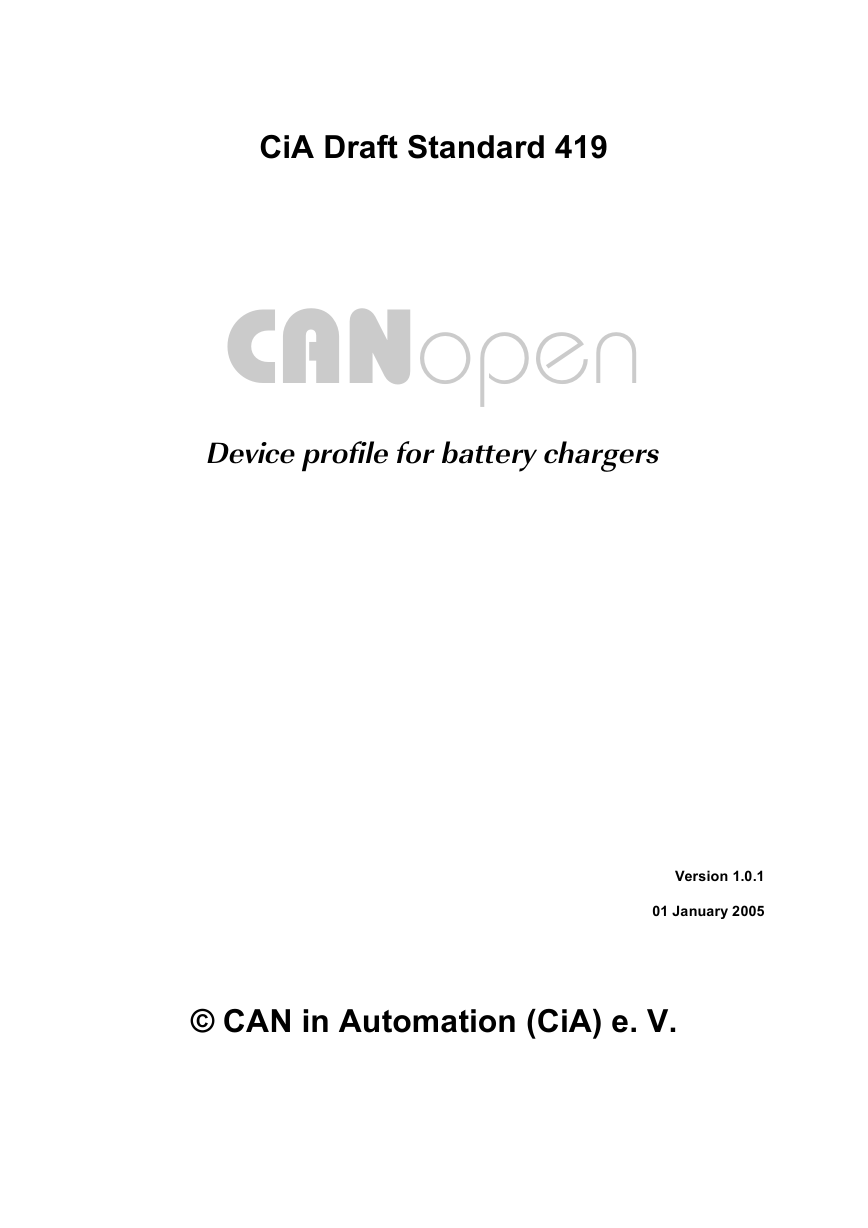
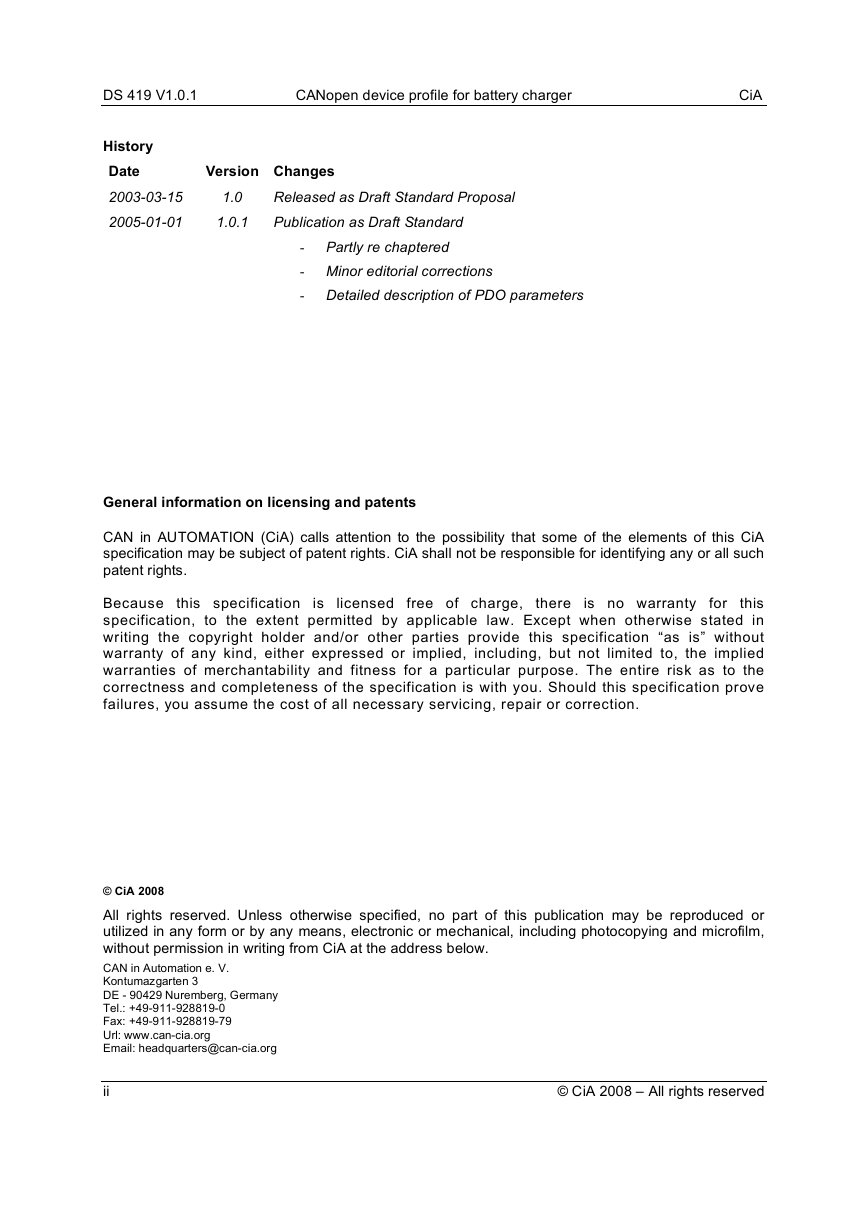
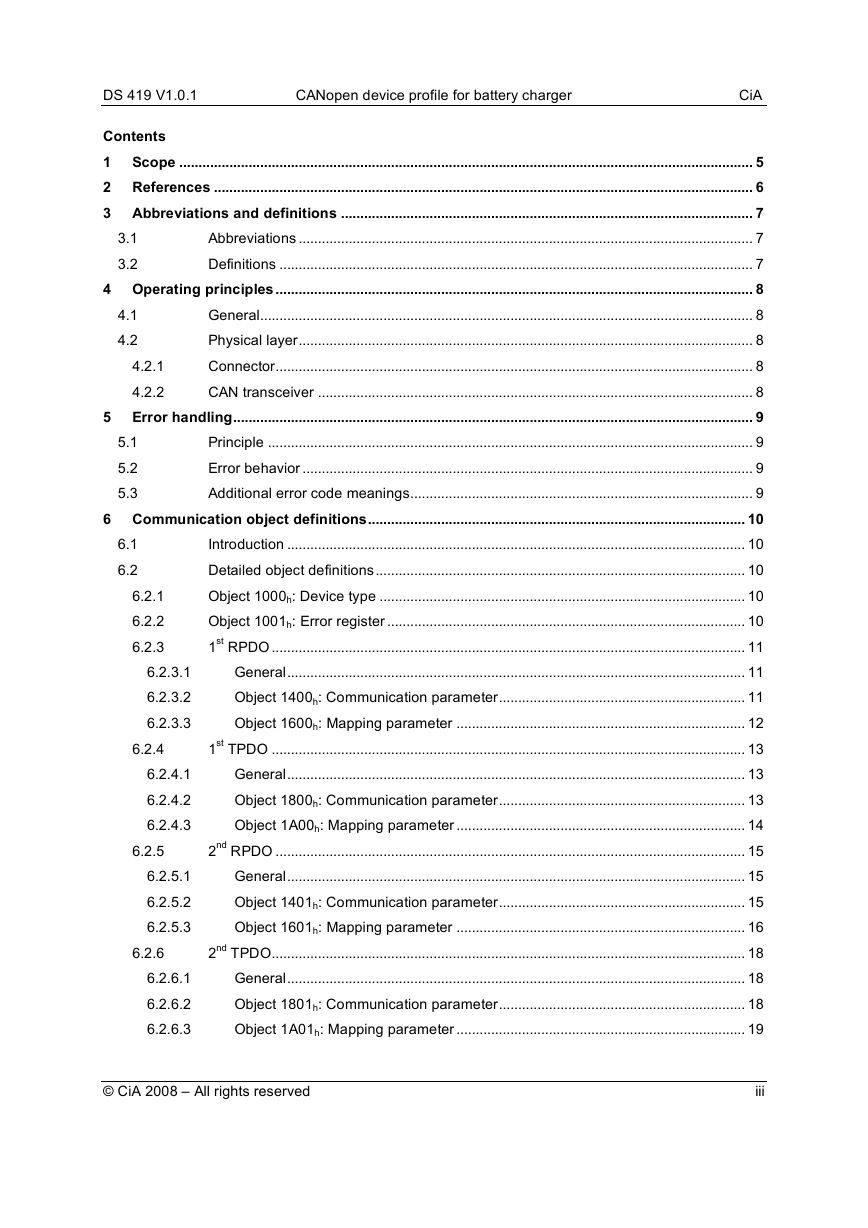
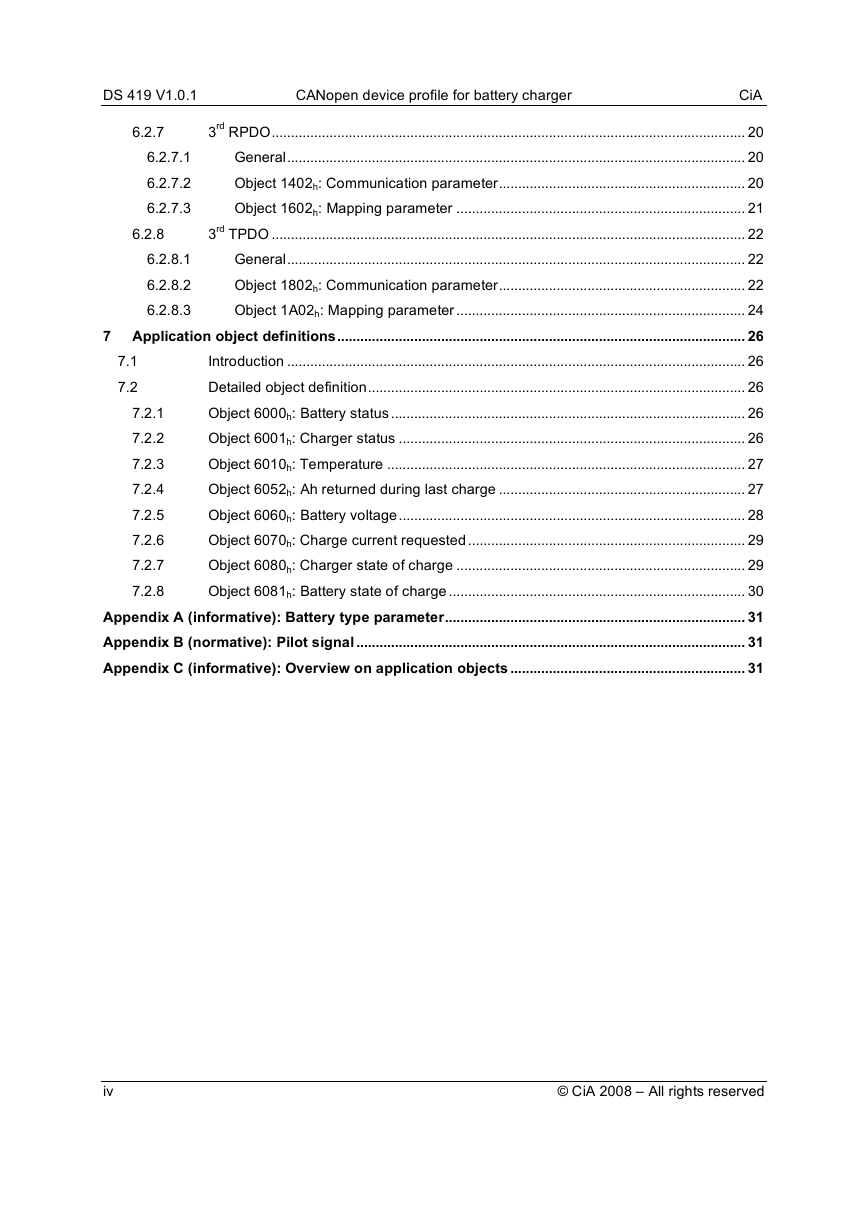
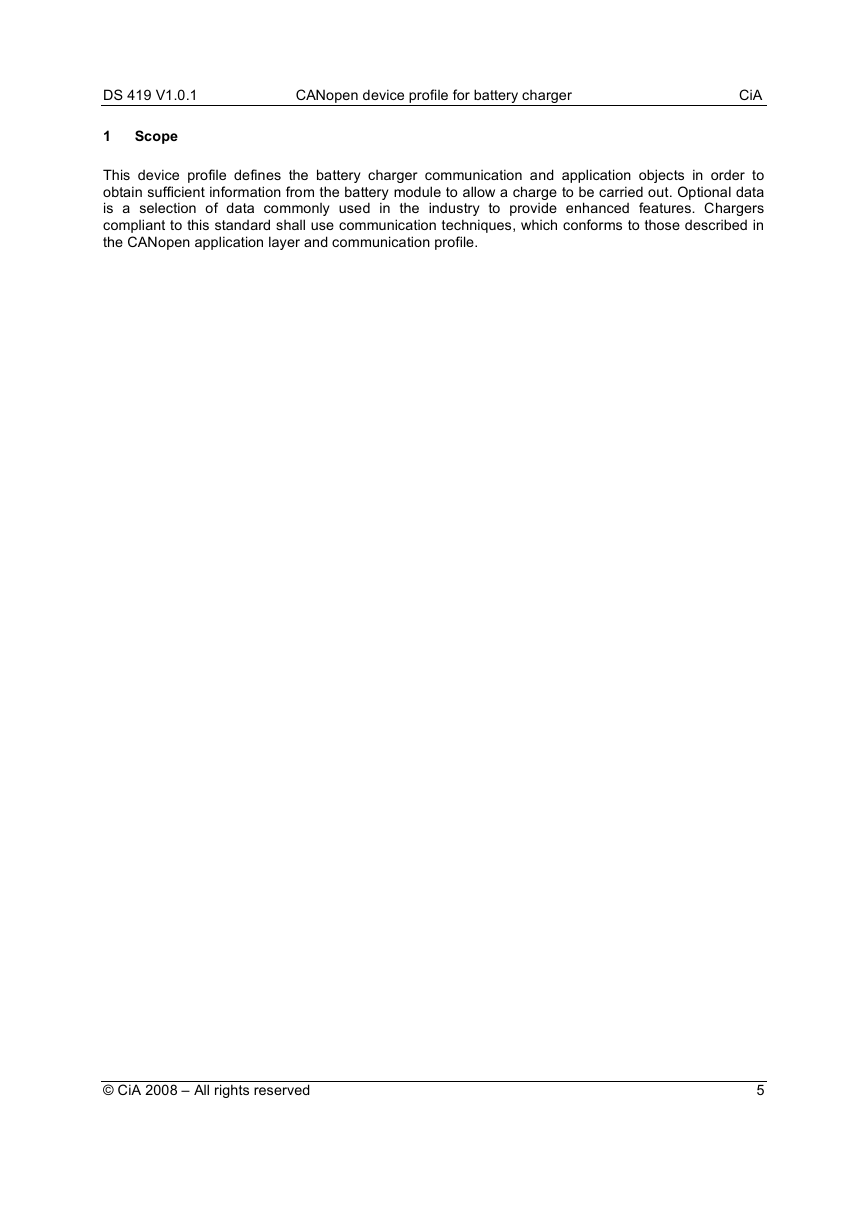
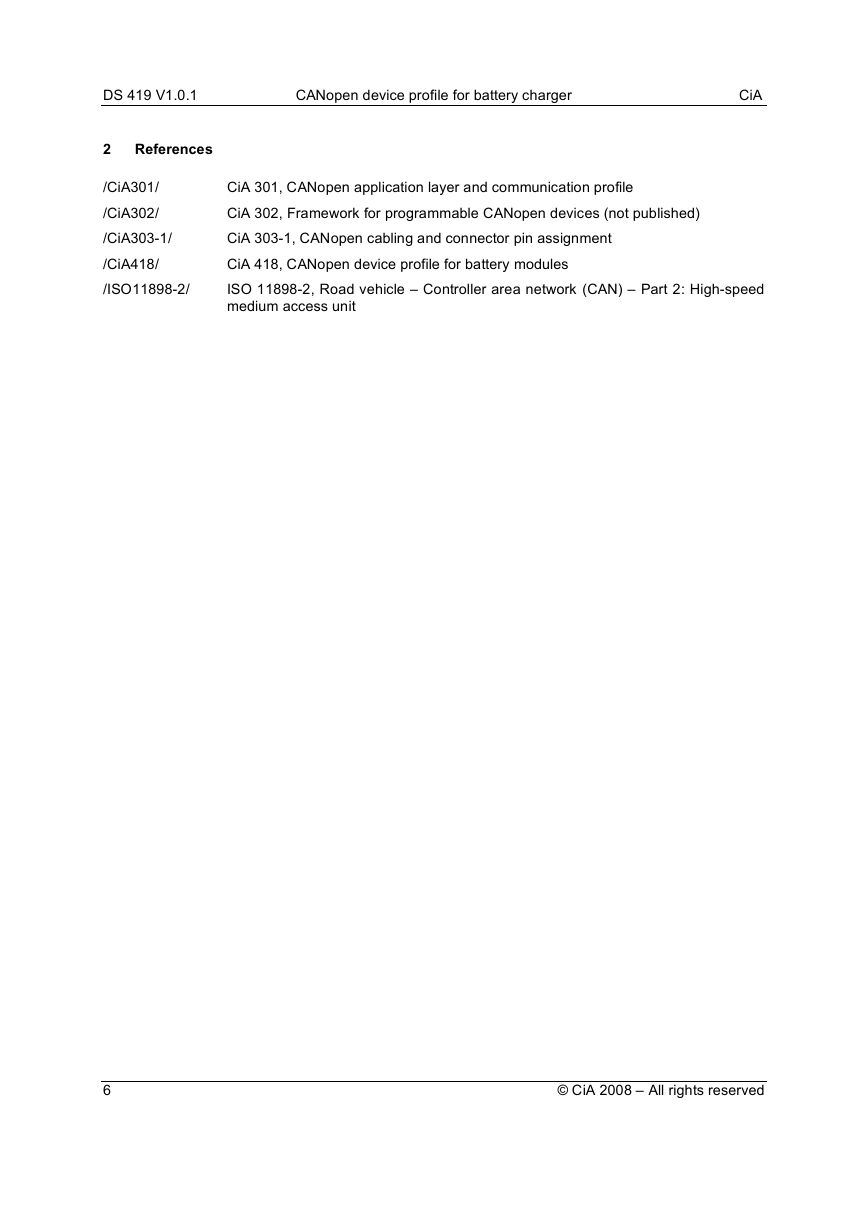
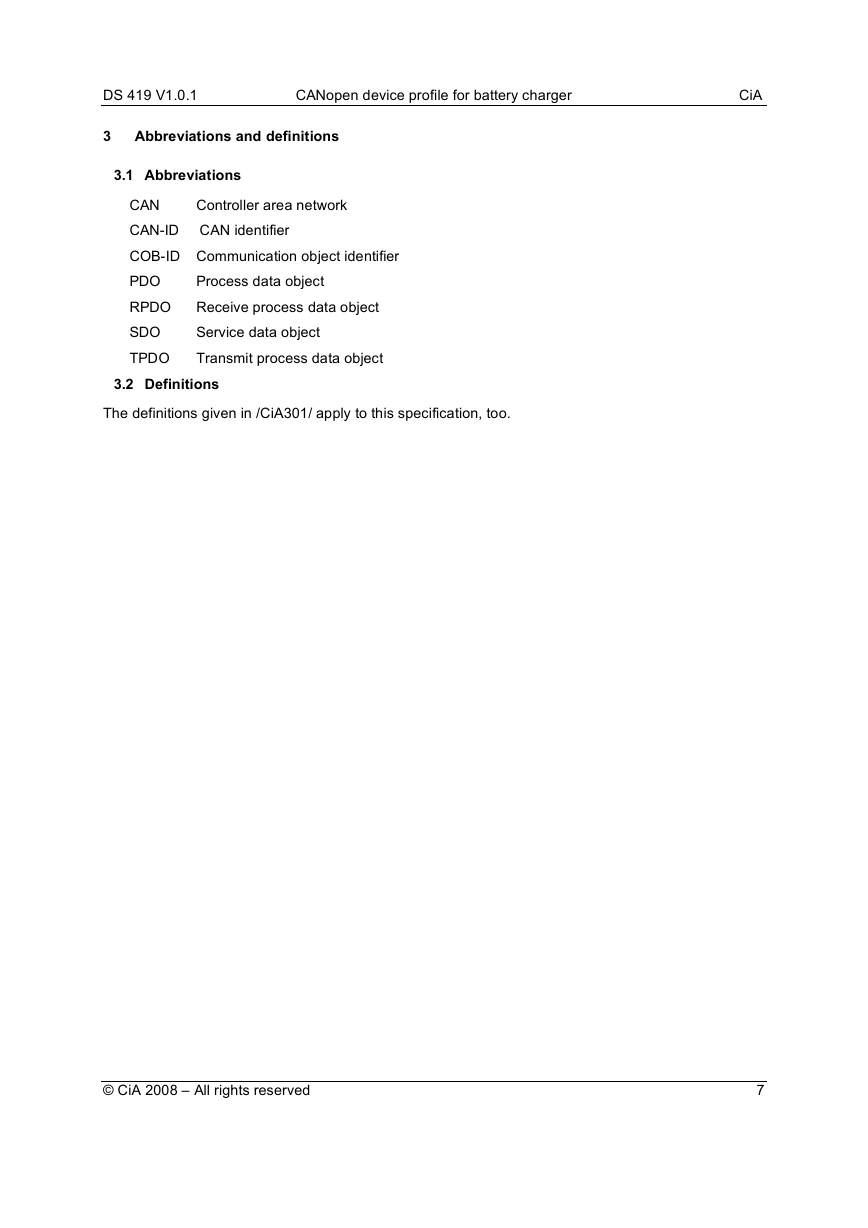
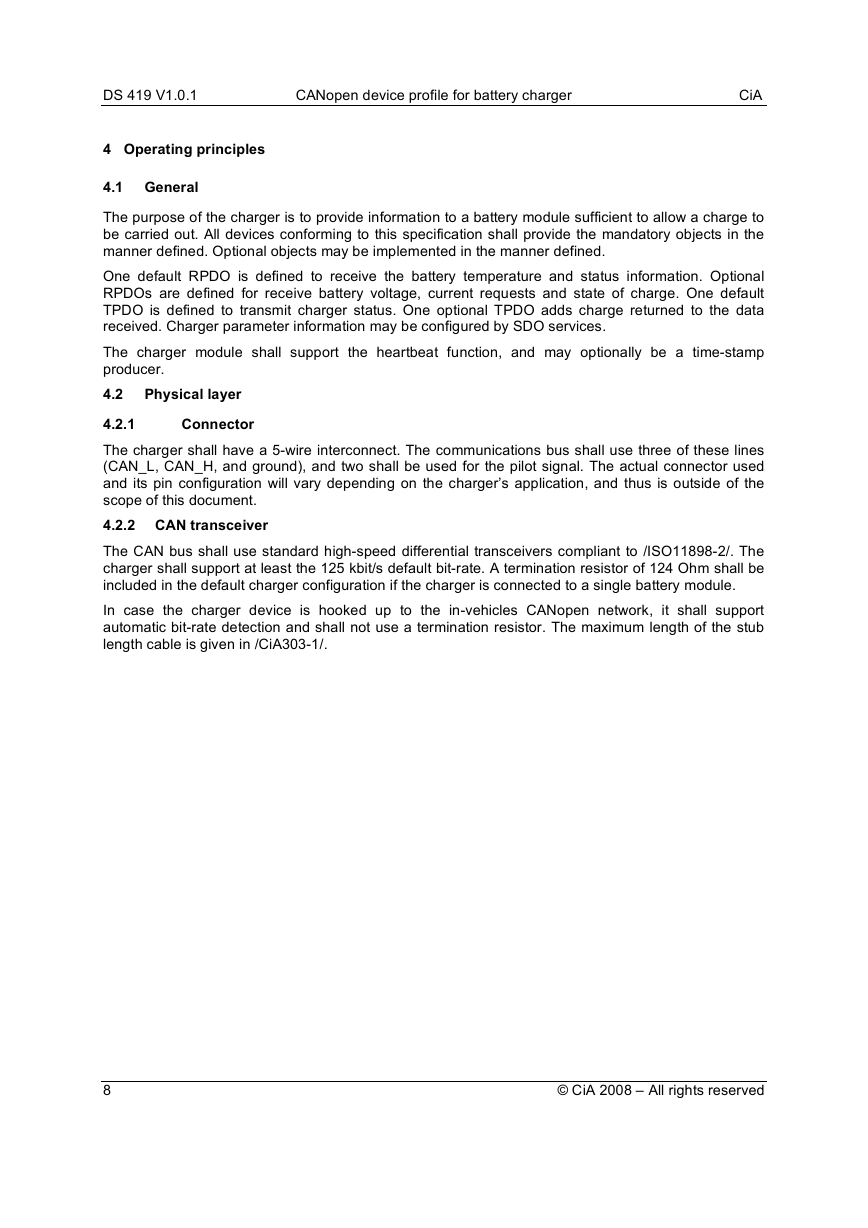








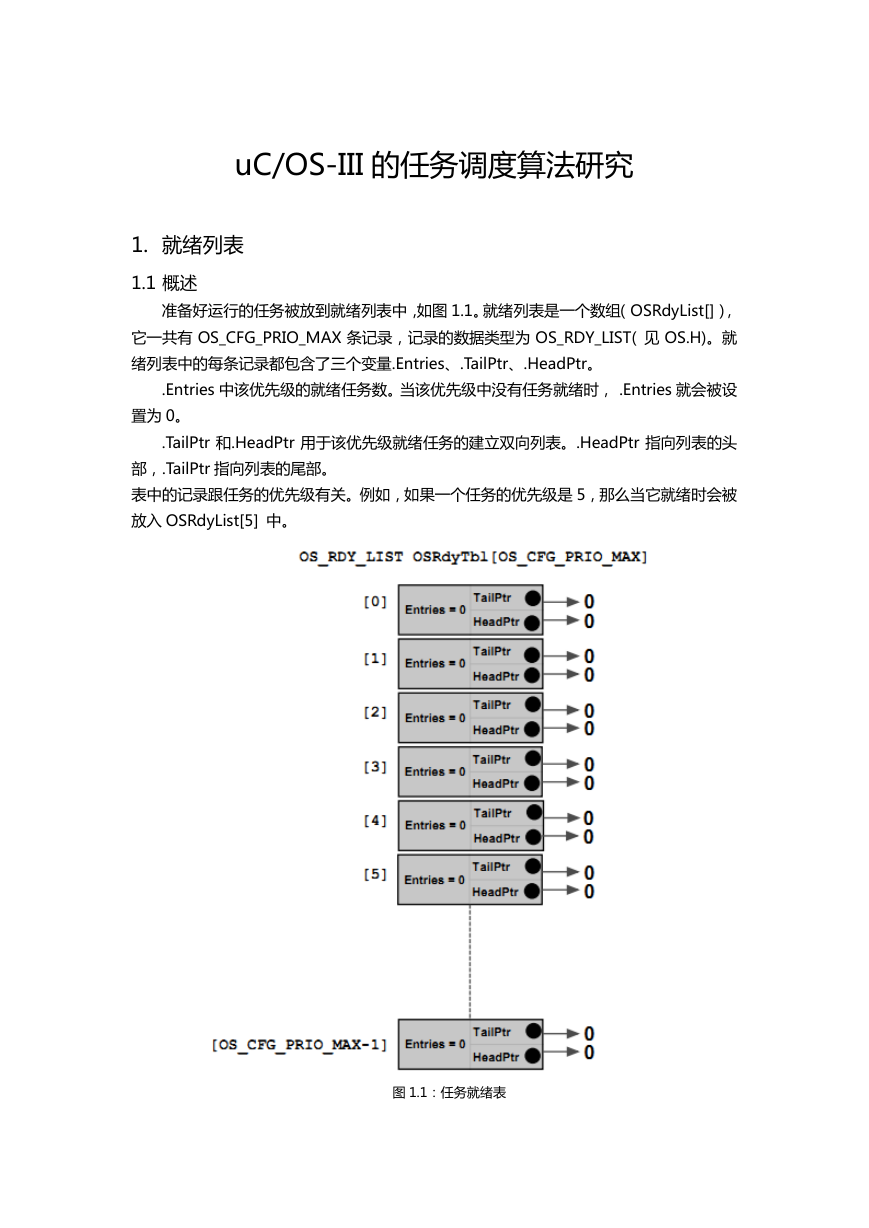 uCOS-III的任务调度算法研究.pdf
uCOS-III的任务调度算法研究.pdf STM32F103x8B_DS_CH_V10(7STM32中文数据手册).pdf
STM32F103x8B_DS_CH_V10(7STM32中文数据手册).pdf FX2N系列PLC培训教程.pdf
FX2N系列PLC培训教程.pdf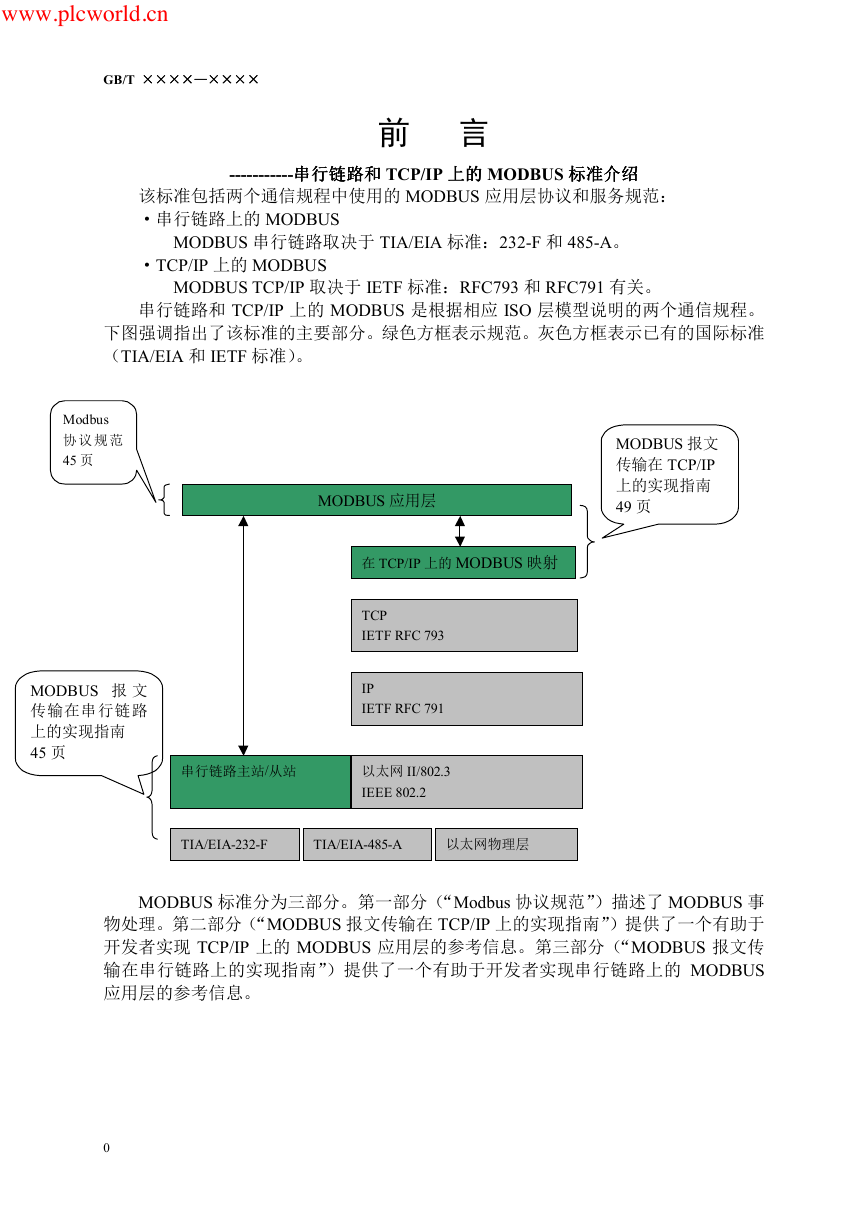 Modbus协议资料.pdf
Modbus协议资料.pdf WM8978中文资料(芯片资料).doc
WM8978中文资料(芯片资料).doc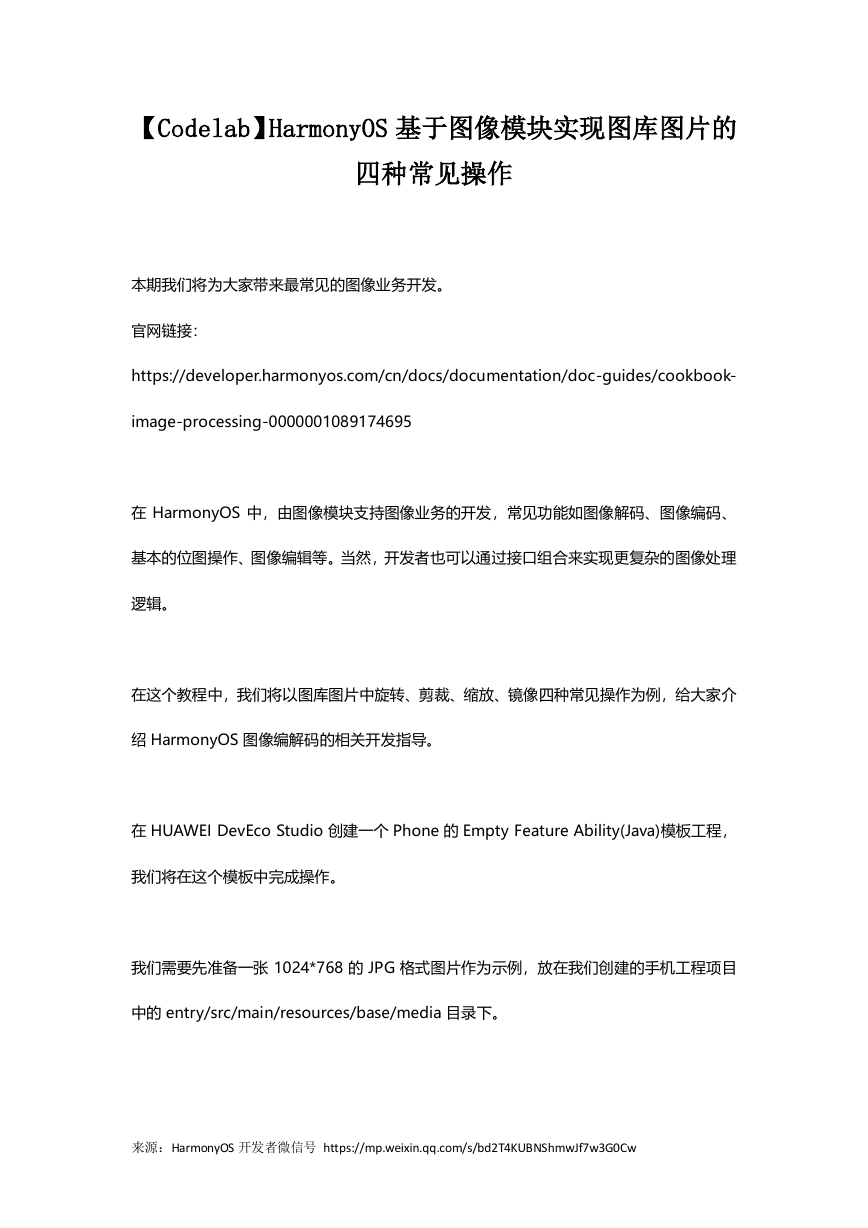 5-1.【Codelab】HarmonyOS基于图像模块实现图库图片的四种常见操作.pdf
5-1.【Codelab】HarmonyOS基于图像模块实现图库图片的四种常见操作.pdf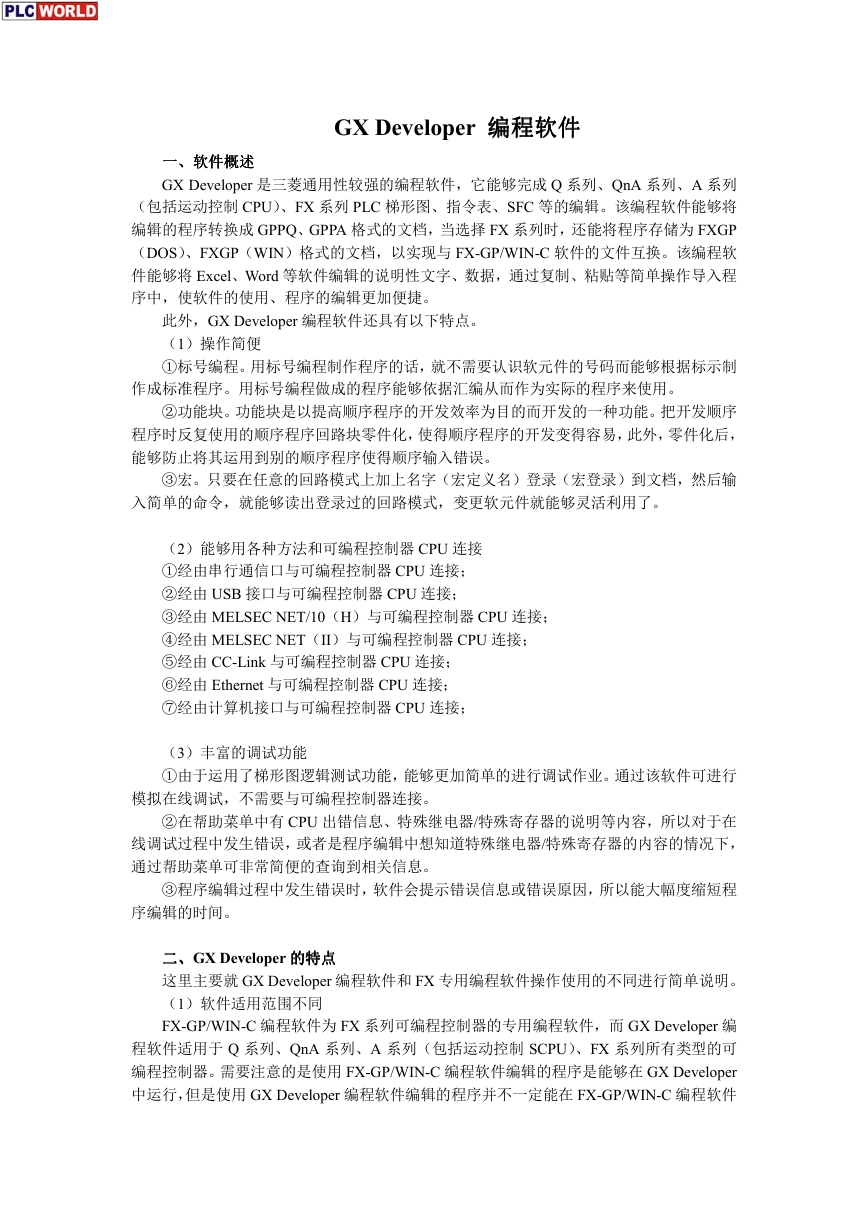 GX Developer 编程软件使用说明.pdf
GX Developer 编程软件使用说明.pdf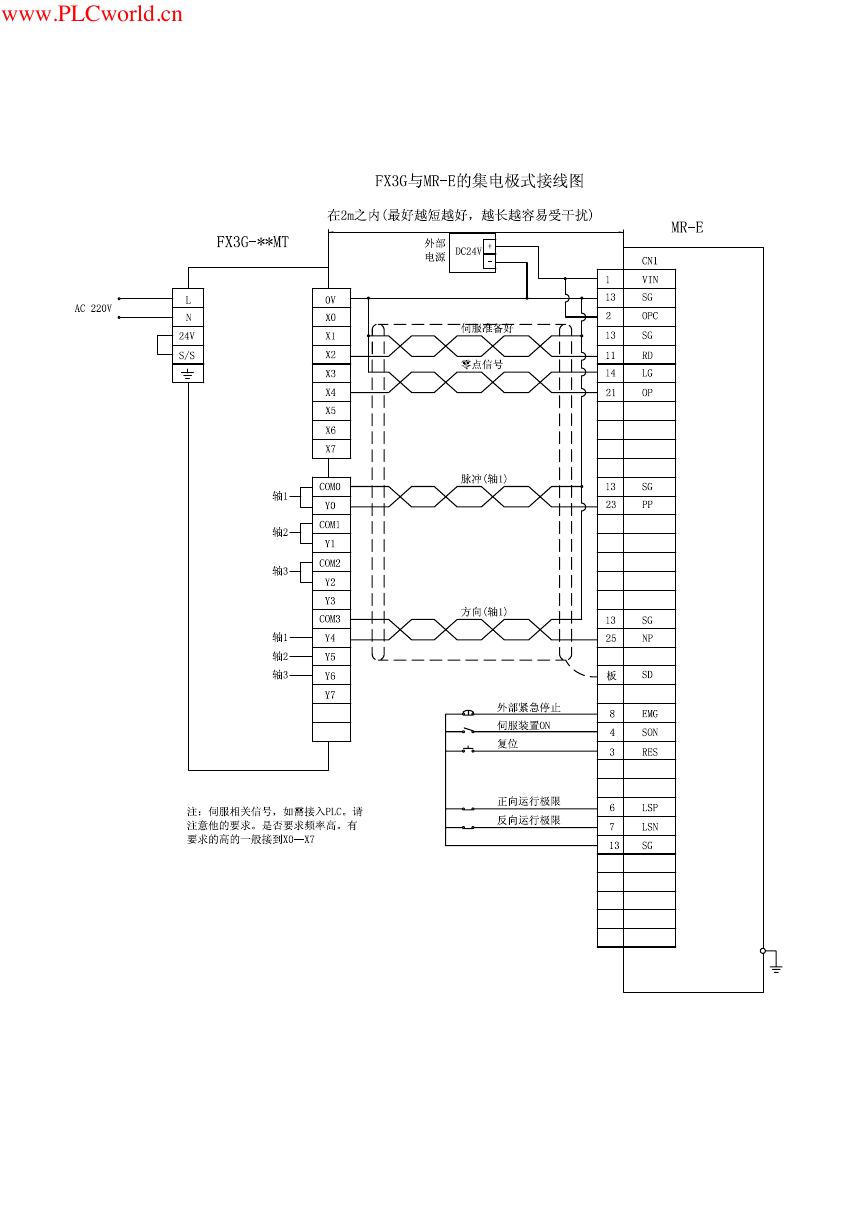 MR-E伺服与FX3G接线图.pdf
MR-E伺服与FX3G接线图.pdf ATK-NEO-6M GPS模块常见问题汇总_201400721.pdf
ATK-NEO-6M GPS模块常见问题汇总_201400721.pdf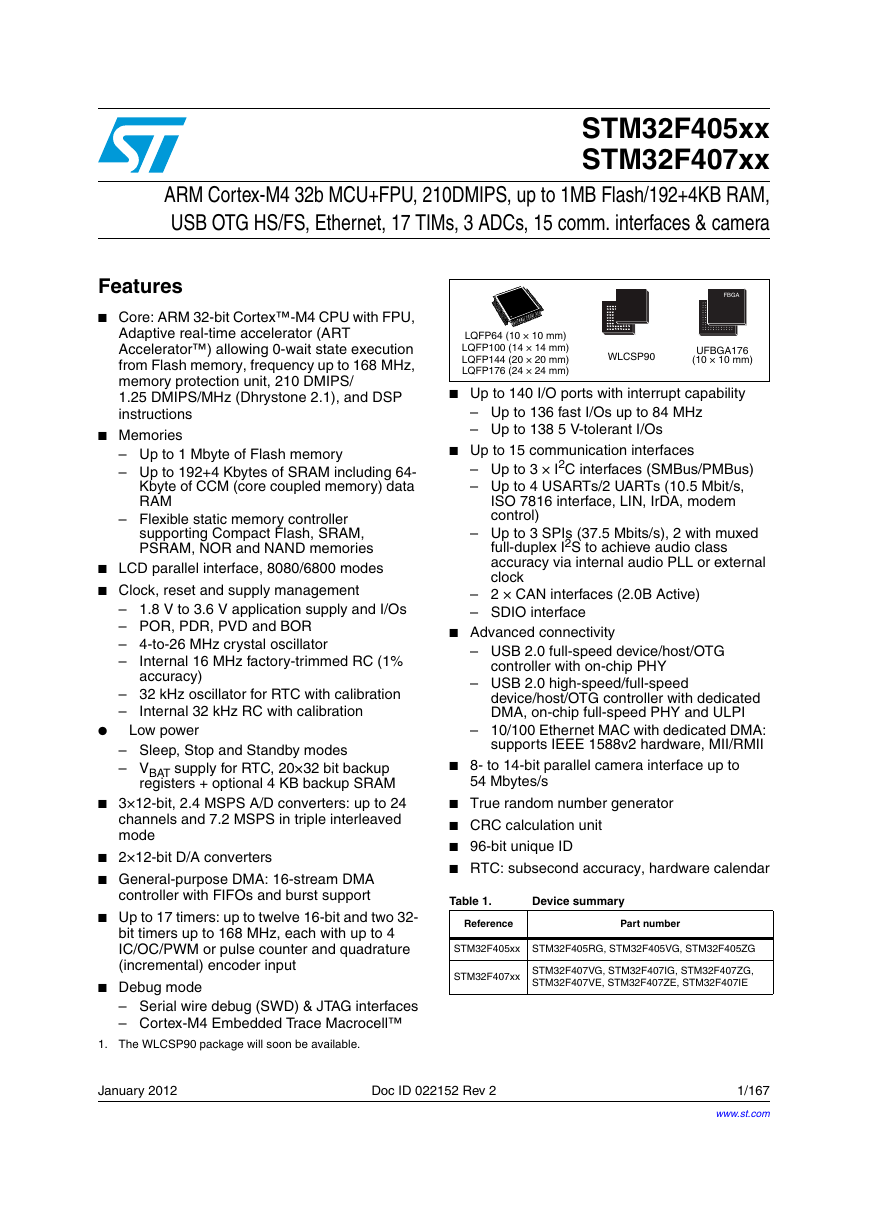 STM32F407ZGT6(芯片资料).pdf
STM32F407ZGT6(芯片资料).pdf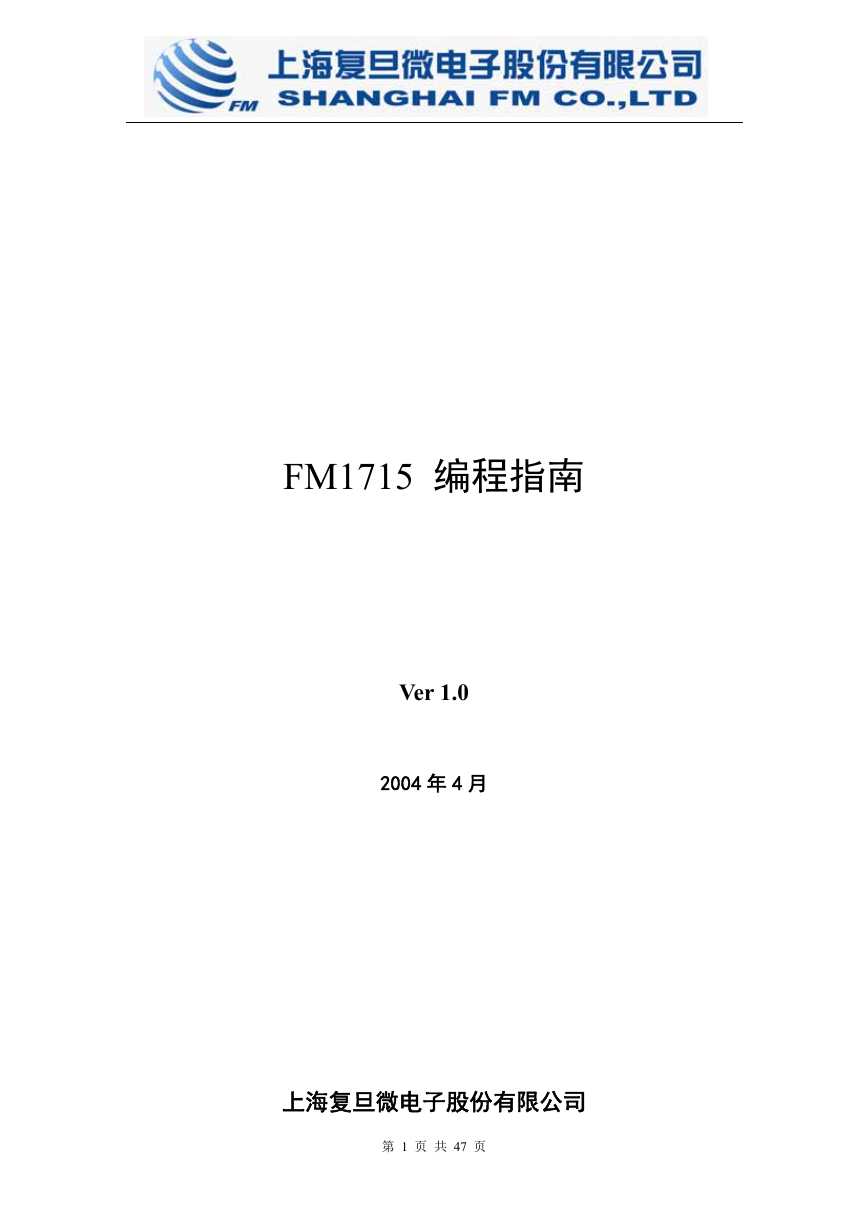 FM1715编程指南.pdf
FM1715编程指南.pdf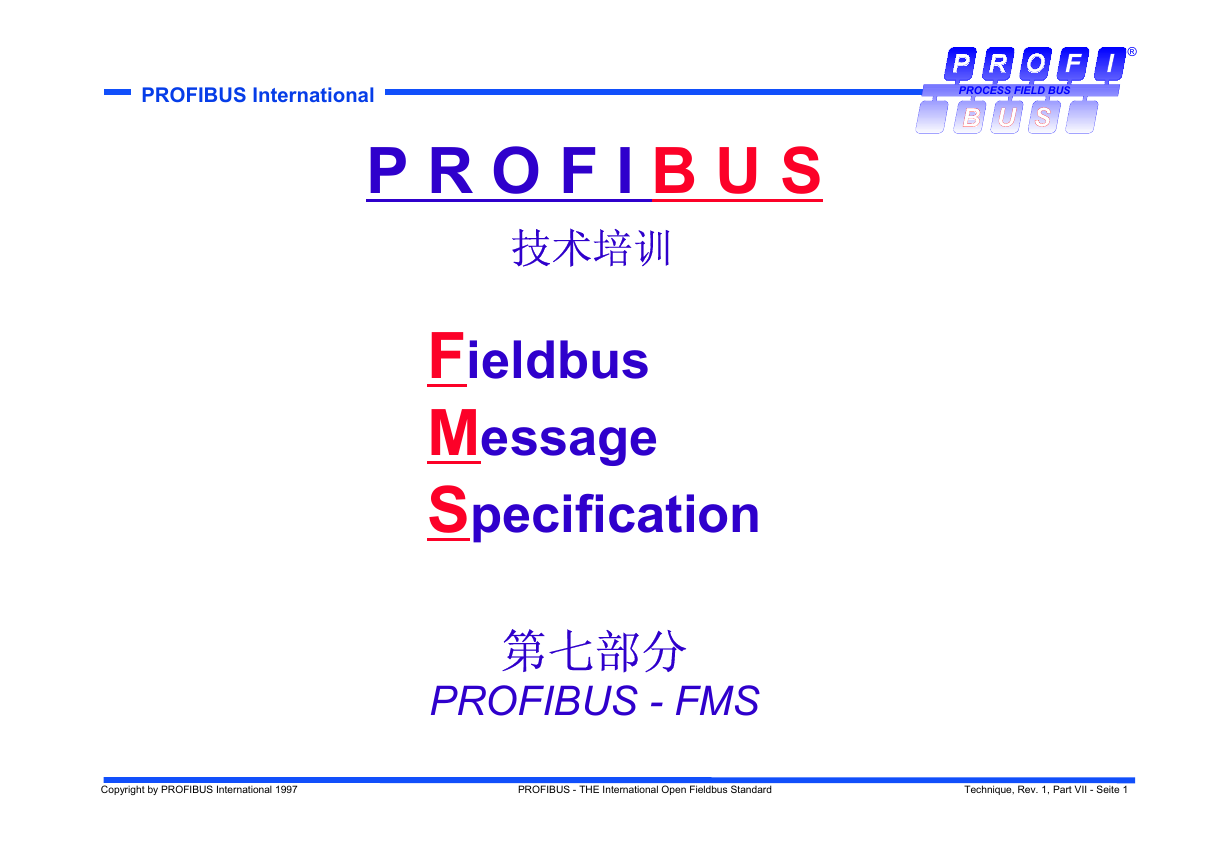 Profibus教程-7.PROFIBUS-FMS.pdf
Profibus教程-7.PROFIBUS-FMS.pdf